Sinusitis: Symptoms, Treatment, and Prevention
The sensation is almost universal: a dull, throbbing headache that intensifies with every bend. Pressure behind the eyes and across the cheekbones, turning a smile into a painful grimace. And a nose that is either completely blocked or producing an endless flow of discharge. We often attribute these symptoms to a "stubborn cold," but the real culprit is often sinusitis – one of the most common inflammatory diseases, affecting millions of people every year.
This condition can turn the simplest daily tasks into an ordeal. But understanding its nature, causes, and mechanisms is the first and most crucial step toward managing it effectively.
In this comprehensive guide from Adapt.BG, we will delve deep into the world of sinuses – from their anatomy to the most modern treatment methods.
The Anatomy of the Problem: What Exactly Are Sinuses and Why Do They Get Inflamed?
To understand sinusitis, we must first get acquainted with the sinuses themselves. These are not just "cavities" but a complex system of four pairs of air-filled spaces in the bones of the skull that communicate with the nasal cavity. Each has its own name and location:
- Maxillary Sinuses: The largest, located in the cheekbones, under the eyes. Pain here is often mistaken for a toothache.
- Frontal Sinuses: Found in the forehead, above the eyes. Their inflammation causes the characteristic frontal headache.
- Ethmoidal Sinuses: A complex network of small cavities located between the eyes.
- Sphenoidal Sinuses: Located deep behind the nose, at the base of the skull. Their inflammation can cause pain at the top or back of the head.
This entire system is lined with a delicate mucous membrane that performs two key functions. First, it produces a thin layer of mucus (secretion). Second, it is covered with microscopic cilia which, with constant, coordinated movements, push this mucus, along with trapped dust particles, allergens, and microbes, toward the nose, from where it is cleared.
Sinusitis (medically known as rhinosinusitis) occurs when this perfectly balanced mechanism breaks down. The most common cause is inflammation of the mucous membrane, which leads to:
- Swelling (Edema): The membrane swells and blocks the narrow openings (ostia) that connect the sinuses to the nose.
- Mucus Stagnation: With no way out, mucus accumulates in the sinus cavities.
- Infection: This warm, moist, and stagnant environment is the perfect incubator for viruses, bacteria, or fungi.
💡 Recognizing the Symptoms
The symptoms can be extremely varied, but usually, a combination of the following appears. The sooner you identify them, the faster you can take action.
- Facial Pain and Pressure: This is the cardinal symptom. It feels like a dull, throbbing pain or heaviness that worsens when bending forward or lying down. The location of the pain often indicates which sinuses are affected (forehead, cheekbones, between/behind the eyes).
- Nasal Congestion: A feeling of fullness and inability to breathe through one or both nostrils.
- Change in Nasal Discharge: A profuse runny nose with thick, cloudy, yellow, or greenish discharge is a common sign, especially with a bacterial infection.
- Postnasal Drip: A sensation of secretions dripping down the back of the throat. This causes a constant urge to clear the throat and a persistent, irritating cough that worsens at night.
- Reduced or Lost Sense of Smell and Taste: When the nasal passages are blocked by inflammation, odor molecules cannot reach the olfactory receptors.
- Sinus Headache: Often strongest in the morning, as secretions have collected overnight. It differs from a migraine because it is accompanied by other nasal symptoms.
- General Symptoms: Fatigue, malaise, mild to moderate fever, bad breath (halitosis, caused by stagnant purulent secretions), and even a toothache in the upper jaw.

Acute, Subacute, Recurrent, Chronic: Timing Matters
Classifying sinusitis by its duration is key to determining the correct treatment approach.
- Acute Sinusitis: The most common type. It starts suddenly, often as a complication of a viral cold. The symptoms are intense but last up to 4 weeks.
- Subacute Sinusitis: When symptoms persist for between 4 and 12 weeks.
- Recurrent Acute Sinusitis: Diagnosed when you have four or more episodes of acute sinusitis within a year, with periods of complete recovery in between.
- Chronic Sinusitis: The most persistent and difficult-to-treat variant. Symptoms are less severe but constant, lasting more than 12 weeks despite treatment attempts. The causes here are often more complex – allergies, nasal polyps, or structural problems.
Diagnosis
Although symptoms are indicative, an accurate diagnosis is important. When you visit your family doctor or an ENT specialist, expect the following steps:
- Medical History: The doctor will ask you in detail about your symptoms, how long they last, and what worsens or relieves them.
- Physical Examination: This includes gentle pressing (palpation) on the sinus area to check for tenderness. The doctor will also use a special instrument (rhinoscope) to look inside your nose for swelling, redness, secretions, or the presence of polyps.
- Imaging Studies: In unclear cases or if chronic sinusitis or complications are suspected, a CT scan of the sinuses may be ordered. It provides an extremely detailed image of the sinus cavities. X-rays are used less frequently as they are not as informative.
- Nasal Endoscopy: An ENT specialist may use an endoscope – a thin, flexible tube with a camera at the end – to examine the nasal passages and sinus openings in detail.
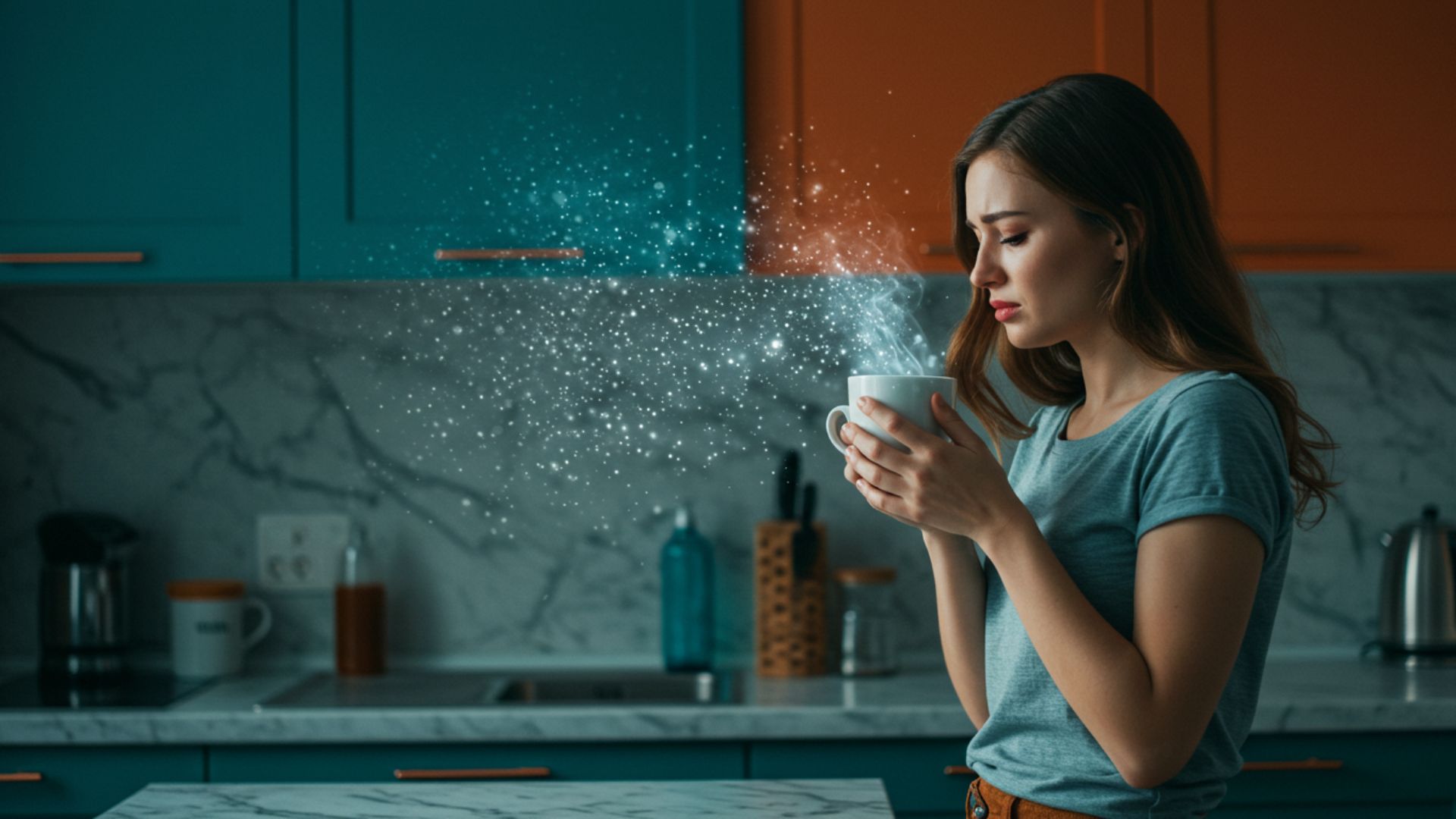
✅ Effective Treatment for Sinusitis: From Home Remedies to Modern Medicine
Treatment aims to reduce inflammation, restore drainage, clear the infection, and relieve symptoms. The approach is stepwise.
Step 1: Home Treatment and Care (The Foundation of Therapy)
- Hydration, hydration, hydration: Drinking plenty of water, herbal teas, and soups helps to thin the thick mucus, making it easier to drain.
- Saline Rinses: This is perhaps the most effective home remedy. Using a nasal rinse device (like a "Neti pot") or a saline spray mechanically washes away mucus, allergens, and germs, and soothes the mucous membrane.
- Steam Inhalations: Inhaling steam from a bowl of hot water or under a hot shower moisturizes the nasal passages and helps liquefy secretions. Adding a few drops of essential oil (eucalyptus, mint, tea tree) can provide additional relief.
- Warm Compresses: Placing a warm, damp cloth on your forehead and cheekbones for 10-15 minutes several times a day can significantly reduce pain and pressure.
- Elevating Your Head During Sleep: Sleep on a higher pillow. This allows gravity to help drain the sinuses overnight and reduces morning headaches.
Step 2: Over-the-Counter Medications (Symptomatic Relief)
- Pain Relievers and Anti-inflammatories: Paracetamol or ibuprofen can effectively control headaches, fever, and facial pain.
- Decongestants (Nasal Drops): Sprays like xylometazoline quickly constrict blood vessels in the nose, reduce swelling, and "unblock" it. CRITICALLY IMPORTANT: Never use them for more than 5-7 days! Prolonged use leads to "rhinitis medicamentosa" - a condition of dependency where the nose becomes even more congested after stopping them.
Step 3: Prescription Medications (For More Stubborn Cases)
- Nasal Corticosteroids: These are sprays (e.g., with mometasone) that are the "gold standard" for treating chronic and allergic sinusitis. They don't work instantly like decongestants, but they potently and lastingly reduce inflammation, which is the root of the problem.
- Antibiotics: Treatment with a sinusitis antibiotic is necessary only for proven or highly probable BACTERIAL infection (symptoms lasting over 10 days, worsening after initial improvement, high fever, purulent discharge). Since over 90% of acute sinusitis cases are viral, prescribing an antibiotic "just in case" is wrong, ineffective, and contributes to antibiotic resistance. Always take them only after a doctor's consultation!
Chronic Sinusitis and Surgical Treatment
When conservative methods fail to yield results for chronic sinusitis, surgical intervention may be considered. The modern procedure is called FESS (Functional Endoscopic Sinus Surgery). Using thin instruments and a camera, the surgeon enters through the nostrils (without external incisions) and precisely removes whatever is obstructing normal drainage – polyps, thickened mucosa, or bony partitions. The goal is not "clearing out," but restoring the normal ventilation and function of the sinuses. A sinus puncture, which was a common procedure in the past, is now performed very rarely, only in emergencies when pus accumulates under pressure.
⚠️ "Red Flags": When is Sinusitis Dangerous and When Should You See a Doctor Immediately?
Although rare, an untreated bacterial infection can spread to nearby structures like the eyes or brain. Seek emergency medical help if you experience:
- A severe, unbearable headache.
- A stiff neck.
- Swelling, redness, or pain in the eye area, changes in vision (double vision, blurred vision).
- High fever that does not respond to medication.
- Confusion, drowsiness, or a change in mental status.
Prevention: How to Reduce the Risk?
- Treat colds promptly: Don't ignore them. Rest, stay hydrated, and use saline rinses at the first sign of symptoms.
- Manage your allergies: If you have allergic rhinitis, regular treatment with antihistamines or nasal steroids is the best prevention.
- Avoid irritants: Cigarette smoke (both active and passive), strong chemical fumes, and polluted air irritate and inflame the nasal mucosa.
- Humidify the air: Dry air in heated rooms dries out the mucous membranes and impairs the function of the cilia. Use a humidifier during the winter months.
Sinusitis is much more than a stuffy nose. It is a complex inflammatory condition that requires understanding and an adequate approach. Recognizing early symptoms, applying effective home remedies for relief, and consulting a specialist when needed are the cornerstones of successful treatment. With the right knowledge and actions, you can regain your comfort and breathe freely again.
The information provided in this article is for educational purposes only and cannot replace a professional medical diagnosis or treatment. For health problems, please always consult a qualified physician or ENT specialist.
```
Date: 19 Aug 2025


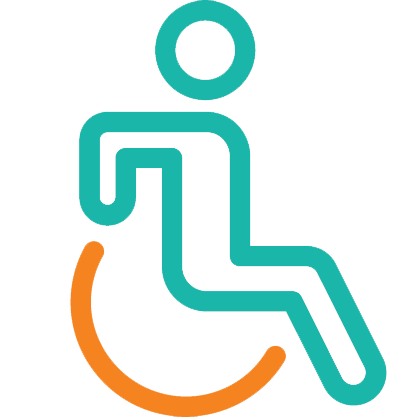
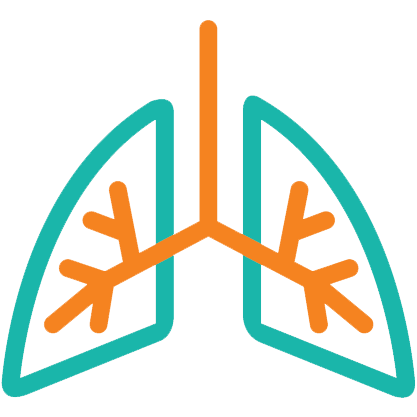
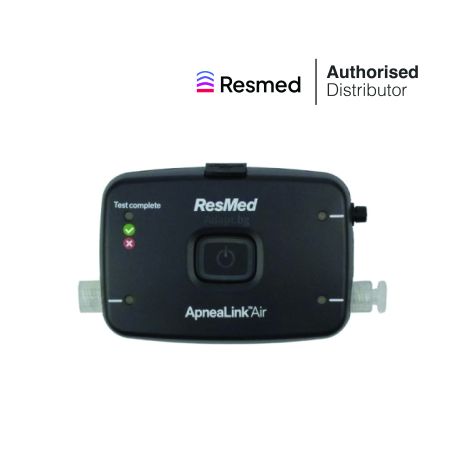
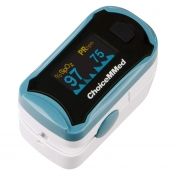
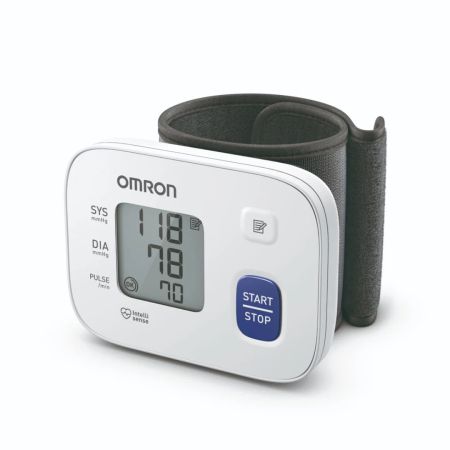
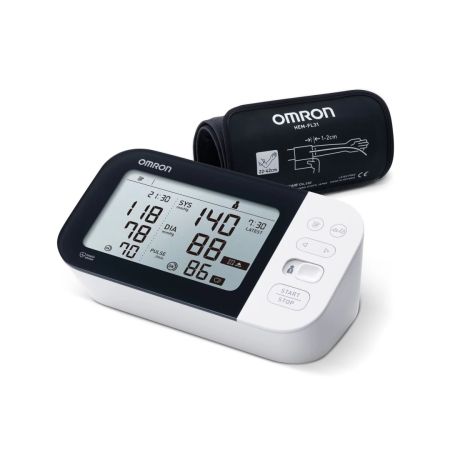
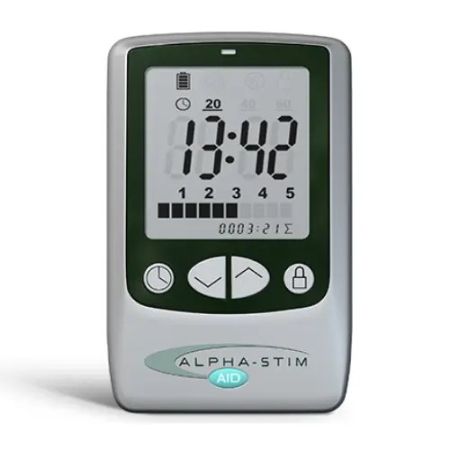
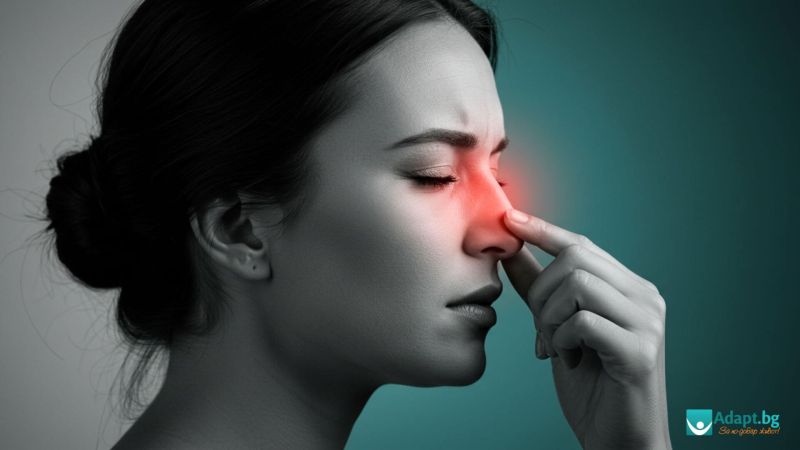
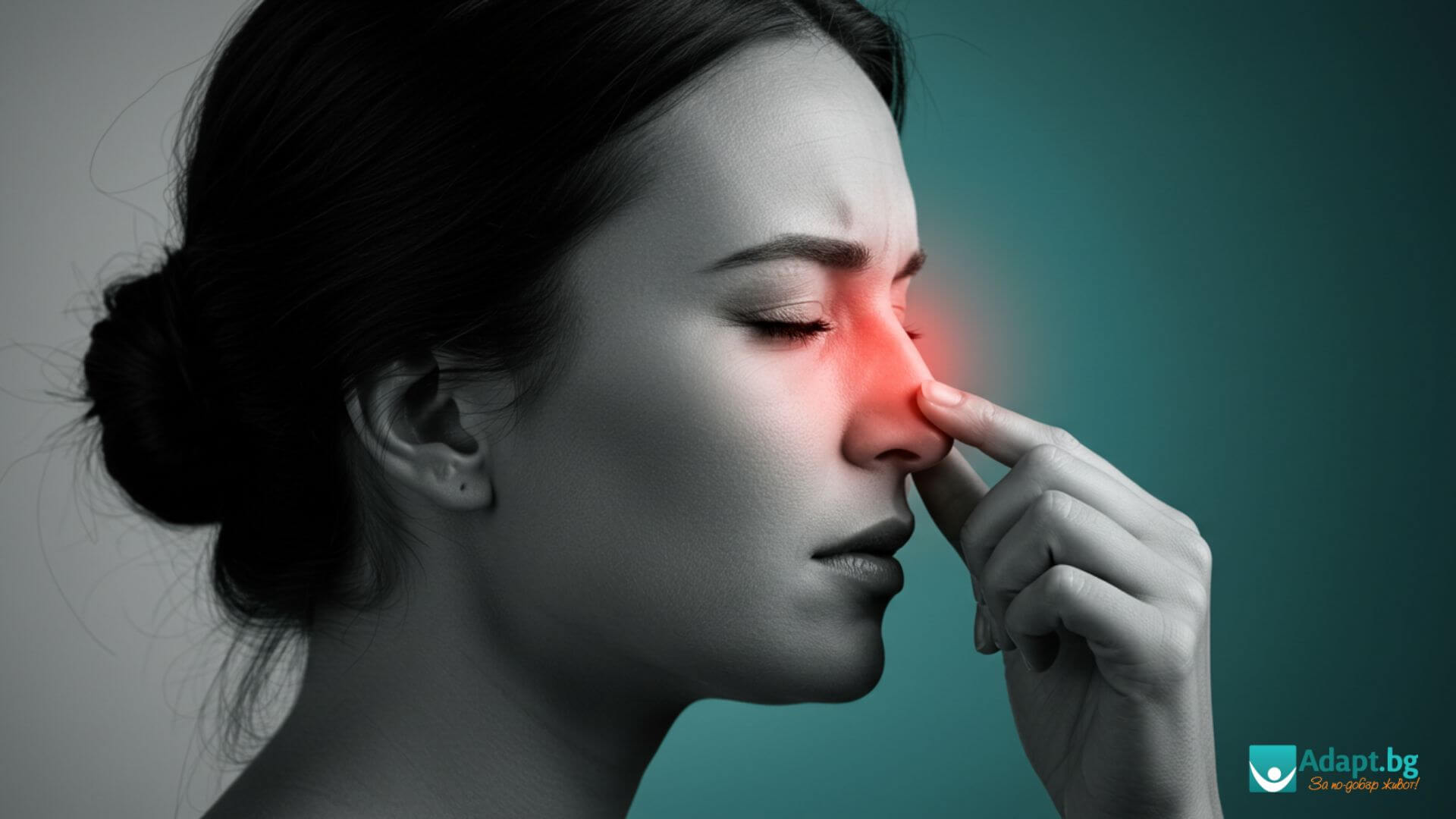
Post comment